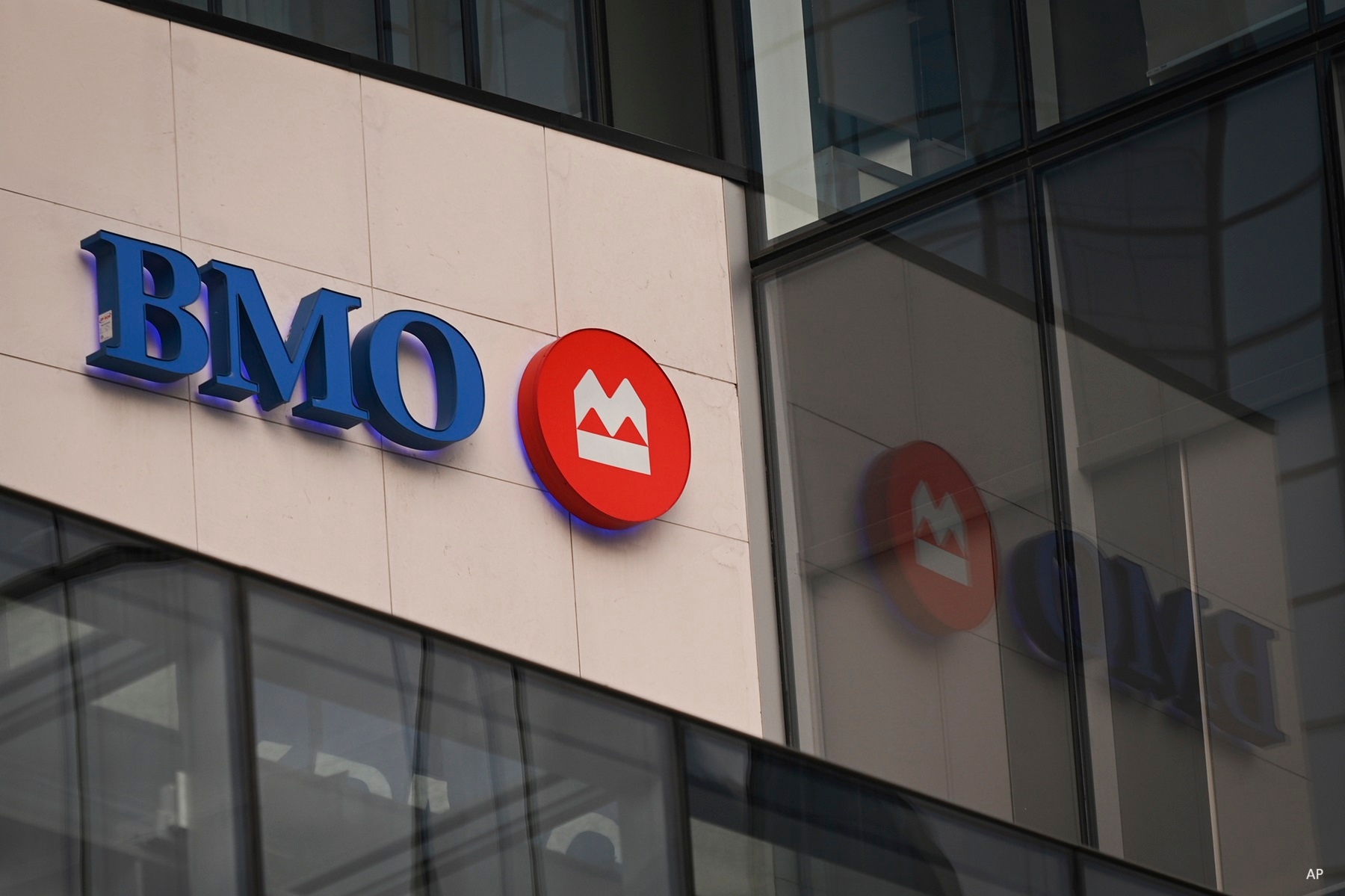Emily Halverson-Duncan: When selecting investments for their portfolio, investors will often search for investments which have characteristics that they like; their dividends, low valuation, large market cap and so on. One method of achieving these chosen attributes is to apply them to your investment universe and see what remains.
Another way that you can achieve that is to split them up. For example, if you are looking for income and you also want to achieve upward momentum, you can consider those as two different styles and create separate portfolios to match each one.
Today, I'll be creating a strategy constructed of two different sleeves; dividend growth and momentum. Each sleeve will focus on its respective style only and then the final portfolio will be a 50-50 combination of the two. So, let's take a look at how that is constructed.
Starting here with the dividend growth sleeve, how we are looking to select stocks are stocks that have a higher five-year dividend growth rate. So, they are growing their dividends over a longer timeframe. We are looking for stocks with a high expected dividend growth rate, so that is comparing their expected future dividends to their most recently paid year of dividends. And then, a higher earnings surprise as well, quarterly earnings surprise. So, hoping that they'd be on the upside when they report their earnings.
We are going to screen out stocks that are in the bottom two-thirds of peers when it comes to five-year dividend growth. So, you are looking for, again, that really high dividend growth rate over the long term. We want that positive expected dividend growth rate. And then, lastly, we want a positive five-year sales growth rate as well to make sure that they are increasing their revenue over the long term. On the sell side, we are going to get rid of stocks once their five-year dividend growth rate drops below about half of peers which today is below 3.89% and then also, if their dividend payout ratio is too high. So, that's the one sleeve.
If we move over to our second sleeve of momentum, we'll take a look at how that's constructed as well. Here, we are looking for a more positive momentum, positive growth type attributes. So, in this case, we are looking at again a higher quarterly earnings surprise, a higher quarterly earnings momentum. So, that's just making sure that their earnings quarter-over-quarter are continuing to grow. And a high price change from a stock's 12-month high, which is another momentum factor. We are going to be screening so that the quarterly earnings surprise and momentum are both positive and making sure that we get rid of stocks with too small of a market cap.
So, let's see how that does as a back test. First, before we run our back test, we are just going to run through the different characteristics. So, here, I'm splitting the dividend growth model and the momentum model 50%-50%. For the dividend growth sleeve, I am doing 10 stocks and the momentum sleeve, I'm also doing 10 stocks. So, let's see how it looks.
One thing to note here is that the back test we are looking at actually has no survivorship bias. So, what that means is stocks that potentially have gone bankrupt or no longer listed, the history still remains. So, everything that you are looking at here is a very accurate portrayal of how it would have done had you followed the model across this timeframe.
Okay. So, now that that's finished running, we can see the back test has done extremely well. The model has done 16.8% annualized and that is from December 1985 to end of February of this year. That's beating the benchmark by 8.7% annualized. So, it's a pretty hefty outperformance. Turnover is a little on the higher side, 86%. So, that means that you are flipping roughly a little over three quarters of your portfolio every year, but still pretty strong outperformance.
One of the charts I really like to look at is this green and blue chart down here. We can see the model has outperformed in down markets 74% of the times compared to the TSX, so pretty strong downside protection there as well. Again, this is the pooled result of both the dividend growth model and momentum model with 50%-50% weighting to each of them, another way to consider getting your characteristics that you are looking for instead of just combining them all into one particular sleeve.
For Morningstar, I'm Emily Halverson-Duncan.














:quality(80)/cloudfront-us-east-1.images.arcpublishing.com/morningstar/54RIEB5NTVG73FNGCTH6TGQMWU.png)





